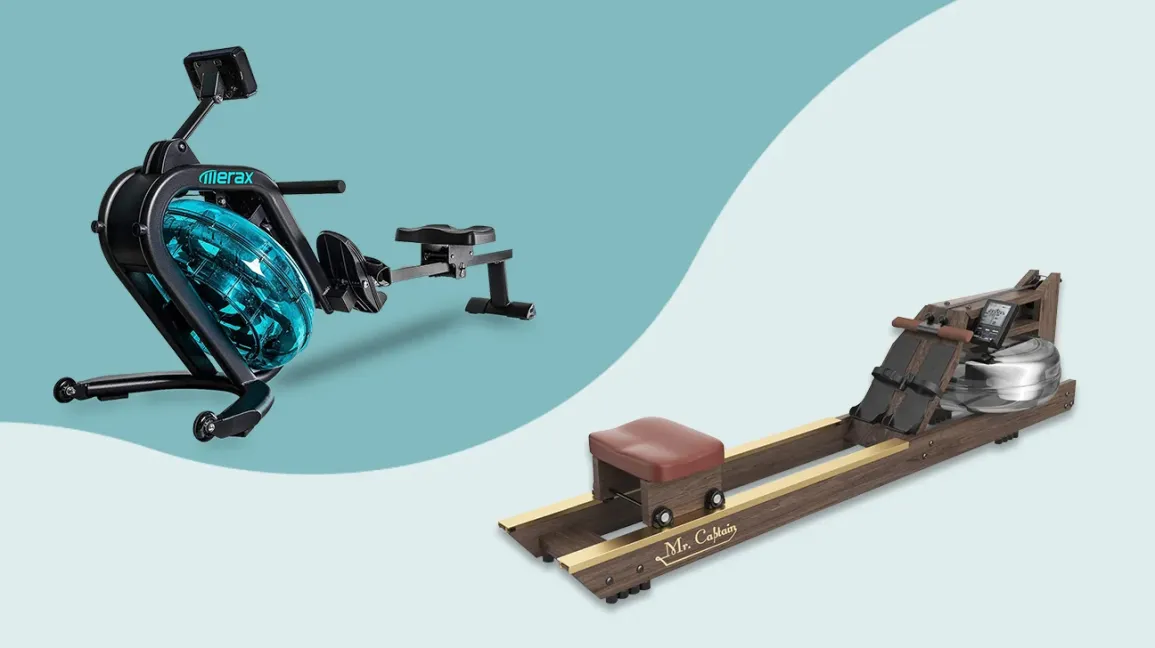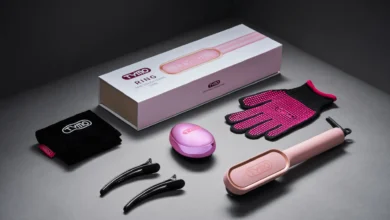The Ultimate Guide to Rowing Machines: Why You Should Consider Adding One to Your Home Gym

Rowing machines have gained popularity in recent years as an effective workout tool, but they are often underestimated compared to traditional cardio equipment like treadmills and stationary bikes. In this blog, we’ll explore the benefits of rowing machines, how to use them effectively, and tips for choosing the right one for your home gym.
The Benefits of Rowing Machines
Full-Body Workout
One of the standout features of rowing machines is that they provide a full-body workout. Unlike many cardio machines that target specific muscle groups, rowing engages your legs, core, and upper body. The motion of rowing incorporates major muscle groups, including the quadriceps, hamstrings, glutes, back, shoulders, and arms. This comprehensive engagement helps build strength and endurance while also promoting calorie burn.
Low Impact Exercise
Rowing is a low-impact activity, making it suitable for individuals of all fitness levels, including those recovering from injuries. The smooth, gliding motion minimizes stress on the joints compared to high-impact exercises like running. This characteristic allows for longer workout sessions without the risk of injury, making it an excellent choice for those looking to maintain or improve their fitness.
Cardiovascular Health
Rowing is an effective cardiovascular workout that can enhance heart health and improve lung capacity. Regular rowing sessions can help lower blood pressure, reduce the risk of heart disease, and promote overall cardiovascular fitness. By incorporating rowing into your routine, you can improve your stamina and energy levels.
Calorie Burning and Weight Loss
If weight loss is your goal, rowing can be a valuable tool in your arsenal. A 30-minute rowing session can burn an impressive number of calories, depending on your intensity and body weight. As a high-intensity interval training (HIIT) exercise, rowing can also elevate your metabolism, allowing you to continue burning calories even after your workout is complete.
How to Use a Rowing Machine Effectively
Proper Form
To maximize the benefits of rowing and minimize the risk of injury, it’s crucial to maintain proper form. Here’s a breakdown of the rowing stroke:
- The Catch: Sit on the machine, feet secured in the straps, and lean forward slightly with your arms extended. Your knees should be bent.
- The Drive: Push back with your legs while simultaneously leaning back and pulling the handle towards your chest. Your arms should be straight at the beginning of the stroke and only bend as you pull the handle.
- The Finish: At the end of the stroke, your legs should be fully extended, and your torso should be slightly leaned back. Hold the handle near your chest, with elbows tucked in.
- The Recovery: Extend your arms first, lean forward from your hips, and bend your knees to return to the catch position.
Setting Goals
When using a rowing machine, it’s helpful to set specific goals to keep yourself motivated. Whether you aim for a certain distance, time, or number of strokes, having a target can make your workouts more focused and rewarding.
Incorporating Interval Training
To enhance your rowing sessions, consider incorporating interval training. Alternate between high-intensity bursts and periods of lower intensity. This approach not only improves cardiovascular fitness but also keeps your workouts interesting and challenging.
Choosing the Right Rowing Machine
Types of Rowing Machines
When selecting a rowing machine, consider the different types available:
- Air Rowers: Use a fan to create resistance. They provide a smooth feel and are popular for high-intensity training.
- Water Rowers: Utilize water resistance for a realistic rowing experience. The sound of the water adds to the ambiance.
- Magnetic Rowers: Use magnetic resistance and offer a quieter workout, ideal for home use.
- Hydraulic Rowers: Often more compact and budget-friendly, these machines use piston resistance but may lack the smoothness of other types.
Budget and Space Considerations
Rowing machines come in a range of prices and sizes. Determine your budget and the space available in your home before making a purchase. Some models are foldable, making them easier to store when not in use.
Features to Look For
When choosing a rowing machine, consider features such as:
- Adjustable Resistance: Allows you to increase or decrease the difficulty of your workouts.
- Digital Monitor: Tracks your time, distance, strokes per minute, and calories burned.
- Comfort: Look for a padded seat and ergonomic handle to ensure a comfortable rowing experience.
Conclusion
Rowing machines offer an unparalleled combination of strength and cardio training, making them an excellent addition to any home gym. With their full-body workout capability, low-impact nature, and potential for high-calorie burn, rowing machines cater to a wide range of fitness enthusiasts. By understanding how to use them effectively and selecting the right model for your needs, you can elevate your fitness journey and achieve your goals. Whether you’re a seasoned athlete or a beginner, rowing can be a rewarding and enjoyable part of your routine.



